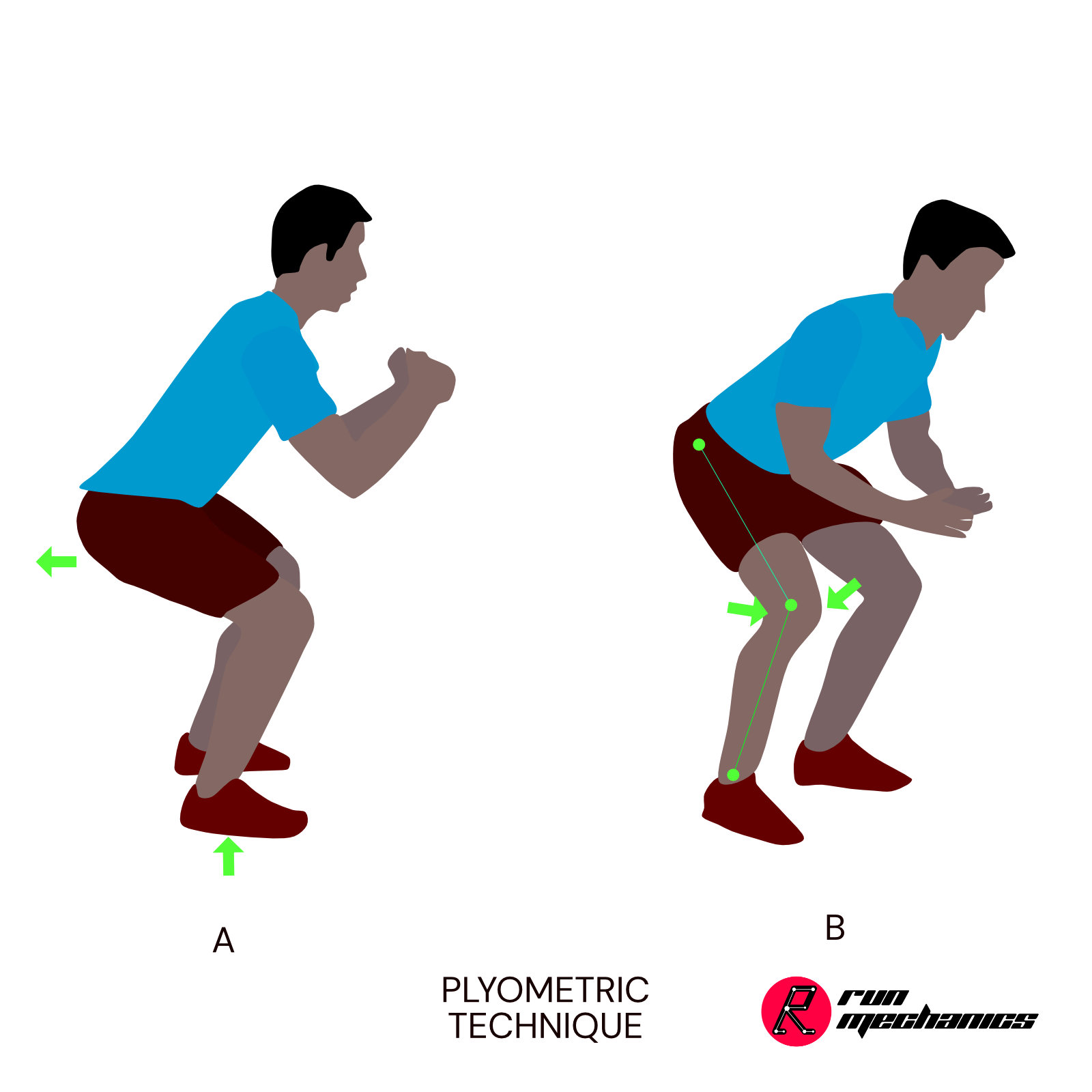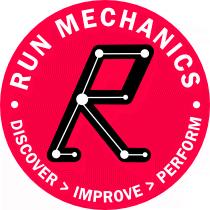Biomechanically when running, our body can be assumed as spring. Every time we land the spring compresses, and it then expands helping us to push-off from the ground. When it comes to running biomechanics and performance, the prominent issue that we see at RunMechnics is the weak spring in the stride (lack of power in triple extension). Weak triple extension, results in many performance issues including low flight/high ground contact time, grounded running (lack of knee drive), and most often associated with overstriding.
Plyometric drills teach us to maximize force production thereby building a strong spring in every step. However, without proper technique plyometric drills can lead to injury. Focus of this week is to learn the technique the right way, as we prepare to share plyometric drills in the future editions of the newsletter.
Technique for Plyometrics
- Focus on landing on the midfoot - Plyometric drills involve jumps, and landing on the midfoot distributes the load evenly across the foot (See Picture A).
- Hip, knee, and toe alignment - Aligning hip, knee and toe in a straight line is important to optimize the spring and reduce the impact on joints (See Picture B).
- Push the hip back - When landing the push the hip back while keeping the spine straight (See Picture A).
To learn more about the technique read our post on Plyometrics https://www.geeksonfeet.com/run/beginner-plyometrics/

